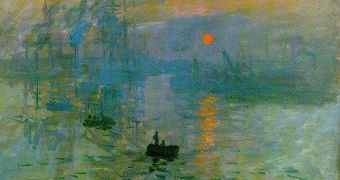According to a new scientific study published in the latest online issue of the journal NeuroImage, it would appear that enjoying art makes the brain experience a feeling of reward. The paper also shows that artists can make the cortical reward system work a lot harder than simple images of objects can.
Admiring the work of famous painters such as Dali and Picasso can make the brain experience a lot more pleasure than it would by simply looking at the real-life version of the objects the artists are depicting.
This research, which was conducted by scientists based at the Emory University School of Medicine, included 8 volunteers (4 males and 4 females), with an average age of 23. The participants were asked to watch both famous works of art, and more obscure ones too.
Some of the paintings – regardless of author – depicting real-life objects. The test subjects were asked to view these paintings, and were then showed images of the actual objects, with no artistic adagio, PsychCentral reports.
Using an observations technique called functional Magnetic Resonance Imaging (fMRI), the Emory team looked at neuron activation patterns in each of the participants' brains, as they were looking at the paintings and images.
The research team was able to determine that the ventral striatum, a region of the brain that is involved in the cortical reward system, was a lot more activated when the test subjects looked at the paintings, then when they saw simple photographs of the objects.
“We took an independent approach. This paper hasn’t solved the problem of what art is. Rather, we can show that art does not activate just one process in the brain,” explains Krish Sathian, MD, PhD.
“There are a whole host of circuits involved,” adds the expert, who was the senior author of the study. Sathian holds an appointment as an Emory professor of neurology, rehabilitation medicine and psychology.
In addition to the ventral striatum, the orbitofrontal cortex was also found to be very active when subjects viewed art. This is another area of the brain that is usually involved in the reward circuit.
“The art infusion effect is tied to the notion that art represents a distinct, universal and recognizable category of human behavior,” explains expert Henrik Hagtvedt, who is based at the Boston College.
“This category is not characterized by what is depicted, but by how it is depicted. Therefore, even art and non-art images with similar content should evoke different responses from viewers. The current study provides evidence that this is indeed the case,” he concludes.

 14 DAY TRIAL //
14 DAY TRIAL //